World Fine Art Professionals and their Key-Pieces, 480 - Karin de Visser
World Fine Art Professionals and their Key-Pieces, 480 – Karin de Visser
In the exhibition ‘Packaging’ of Art Centre Schiedam I saw some works by Karin de Visser including the work Travelling Light. It was a suitcase with metal strips and a lamp. It refers to the suitcases that Jewish people took with them when they were deported from their homes during the Second World War.
Karin de Visser, whom I visit in her home in the Distelbuurt in Ommoord, Rotterdam, explains. “They couldn’t take much with them; that’s why they had to travel light. But I also put an LED light in it after drilling holes in it and filling them with metal strips. It gives the impression of bars, to emphasize the situation of people at that moment. The light functions as a sign of hope for people in desperate situations.”
Spatial drawings
Karin de Visser often uses metal wires/strips. She uses them to make spatial drawings. Karin: “I wrap it up, as it were. You get a kind of skin. It becomes beautiful when the iron starts to rust.” In her log cabin studio in the garden (she also has a studio elsewhere in Rotterdam) I see the work Fragile Thoughts, a 3D portrait of Dennis.
Karin: “Pictura in Dordrecht organised a portrait exhibition in 2018. What do contemporary artists think about the portrait. The reason was the Synod in Dordrecht in 1618, when many church dignitaries had themselves realistically portrayed. 100 people could register to have their portraits painted by contemporary artists. My model was Dennis Dolderman. I gave him a stack of A4 sheets with a red pen and asked him to put all his thoughts, his history, his preferences or his dreams on paper. With his words I formed the brain that, together with the casing, formed the sculpture as it was exhibited at the time. My idea was that it was not just the face that could form a portrait, but that the ideas, thoughts and wishes together could also be a portrait.” It looks impressive. Dennis’s texts written in red are on the skull-shaped inside.
How does Karin create a work of art?
She comes across things and starts thinking about them, she says. What is the history of such an object? It started early for her. “When I was four, I went with my parents in the car to my grandparents in Boxtel. I had a sheet of paper and a pencil and drew. The movement of the car determined where the lines went. I could read the way to Boxtel and the way back home from the drawings.”
Art is about fascinations that you have, she continues. “At the academy, the Royal Academy of Art in The Hague, I chose monumental. I had different teachers, including Krijn Giezen, who was a land art artist. He showed that art fascinates if it tells a good story. That doesn’t have to be my story. If the story is good, it’s a good work of art. I like Jeff Koons because of his story, even though it’s not my kind of work. Anselm Kiefer too, but I’m crazy about him. I read the story of the art in their work.”
For some artists, art is more of a craft. “I don’t mind that, but I don’t feel the need to make pretty pictures. It only becomes interesting when art tells a story, a legend, a fairy tale. Like the work of Navid Nuur, who once attached a piece of tape to the wall with the text: ‘I’m just an idea between this tape and the wall’.
I think this is an image with so much power of expression and yet so little material. That is a form of poetry.” If there is no story in it, she does not like it. “In my opinion, a gallery should also tell a story. That is something different from being an art dealer.”
Initially, she often made collages. Such as Jump & Jazz, for the North Sea Festival in Ahoy, a work that is now in South Africa. She also made works of Billy Holliday, Janis Joplin and Amy Winehouse. “They are large collages, about two metres long, 1.45 m wide. I made them from poster material that hung under viaducts. There is something rough about it, because it has been affected by the many years that they were there and the number of posters that were pasted on top of each other.” In her wooden log cabin studio I also see a series of smaller collages of demolition work, buildings that have been pushed apart. It looks like images you see on television of Gaza and Ukraine.
Does Karin have a key work?
She does. It is called ‘Grass’. “The street here had been dug up. I saw steel bands here and there that had held the new tiles together. I picked them up, but I didn’t have an immediate application. ‘Something will come of it’, I thought.” She liked the movement in it. She went to talk to the workers and for a small price she got two large wooden plates that were used to let people cycle over the broken road for a while. “I mounted everything together with screws. I placed a spiral underneath and I also placed an old record player (that they used to use to play music). The movement of that device makes everything move. It became beautiful. Then I thought ‘I want to keep doing this.’”
On the wall hang five frames, light brown, around works in which stones of different colours are shown in the shape of a heart. “I took those stones with me on my honeymoon in 2015. That was when I got married for the second time (to Peter).” On the wall I see various works by fellow artists such as Olaf Mooij and Jeanne Rombouts. Also a silkscreen by Kees van Dongen, a small work by the wrapping artist Christo and a small work by Zadkine.
Karin was unable to work on art for a while due to an operation. That was the period from the end of the 80s until 2007. “After 2007 I decided: now I’m going to go all out. All my work has been created since then. In the beginning it was practice. At a certain point I was back at the level I had reached at the Academy. It only becomes something when you have life experience and you can express a story well.”
What is her experience of the art world?
“Creating is wonderful. The rest is a struggle for your place. Fortunately, there are art foundations, you become a member of them and then it is possible to think of exhibitions or participate in exhibitions of others. This is often the only way to show your work. Many galleries focus on easily sellable work. There are fewer galleries that want to concentrate on the work that sells less quickly. It is a shame that facilities for artists are being cut back bit by bit.”
Finally, what is her philosophy?
“It is about good and original work. Of course, we stand on the shoulders of our predecessors. Mondrian also had predecessors, but he ultimately created a very unique form of art. In order to survive, he also created work for sale. But he became known and famous with work that nobody wanted in the beginning.”
Images
1)Traveling Light 1, 2) Gras in Pictura, 3) Dennis Fragile Thoughts, 4) Blik op film RIB, 5) Karin in atelier, 6) Gras 2, 7) Culture Cut 2, 8) Hoekje atelier Karin de Visser, 9) Girl playing Art (F), 10) Tormented series
https://www.karindevisser.com/
https://stichtingkunstwerkt.nl/exposities/2024/packaging
https://inzaken.eu/2024/07/11/karin-de-visser-kunst-is-fascinerend-als-het-een-goed-verhaal-vertelt/
Disclaimer: The views, opinions and positions expressed within this guest article are those of the author Walter van Teeffelen alone and do not represent those of the Marbella Marbella website. The accuracy, completeness and validity of any statements made within this article are not guaranteed. We accept no liability for any errors, omissions or representations. The copyright of this content belongs to Walter van Teeffelen and any liability with regards to infringement of intellectual property rights remains with the author.

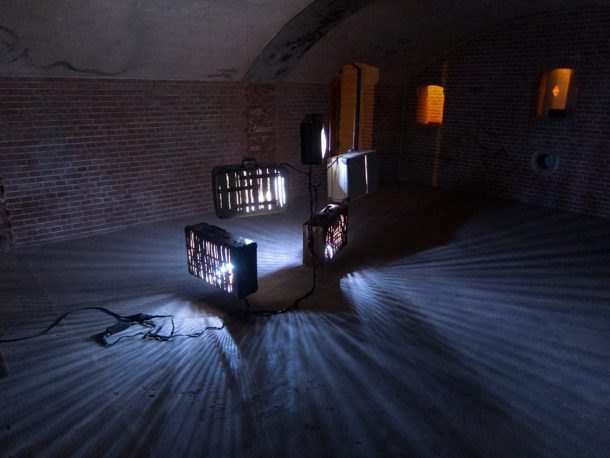
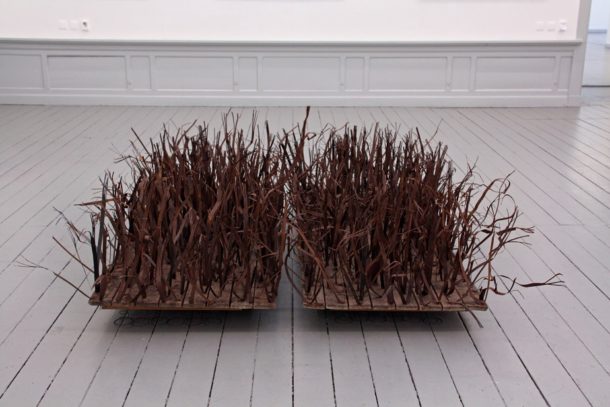
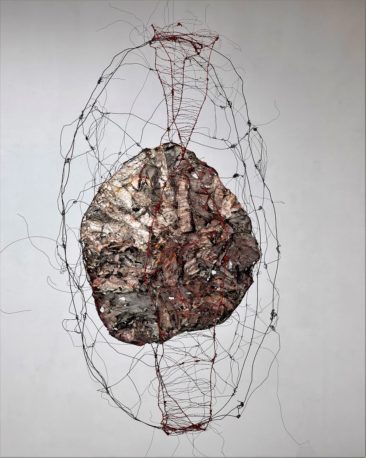
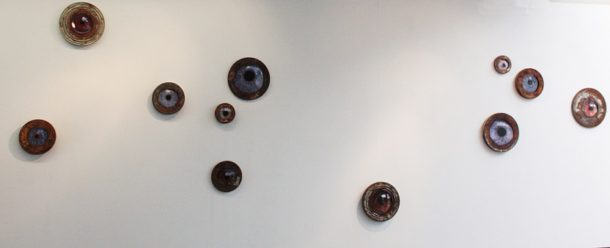
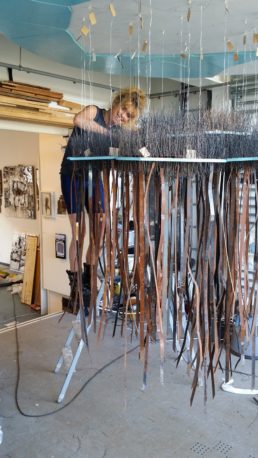
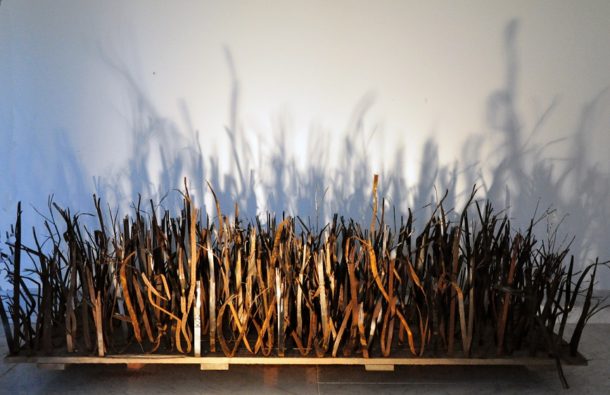
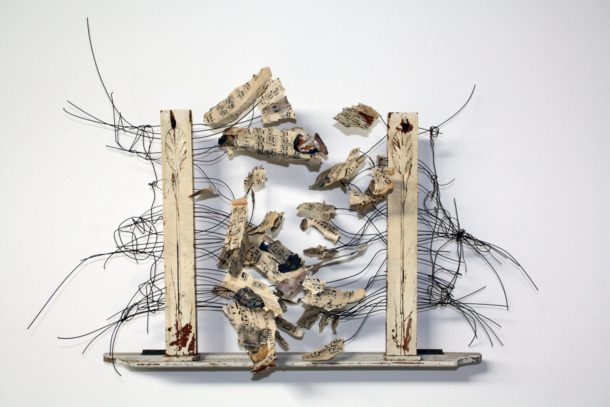
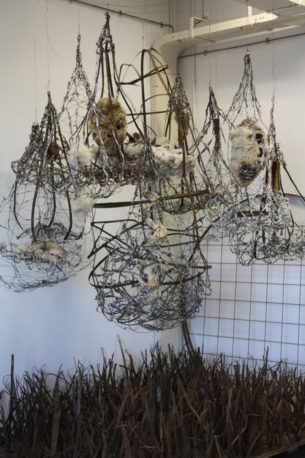
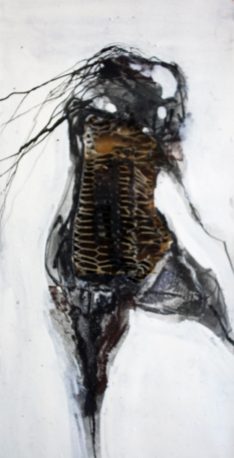
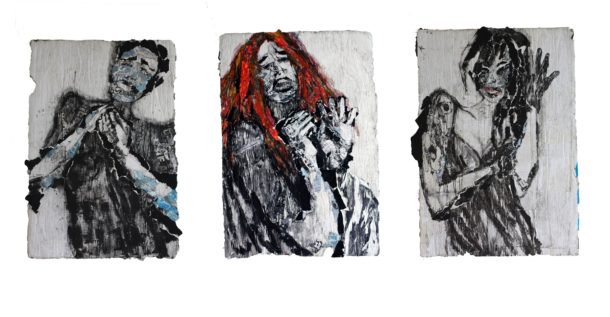














The opinions expressed by individual commentators and contributors do not necessarily constitute this website's position on the particular topic.